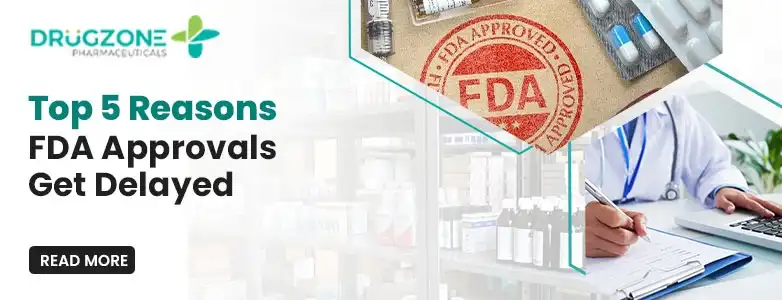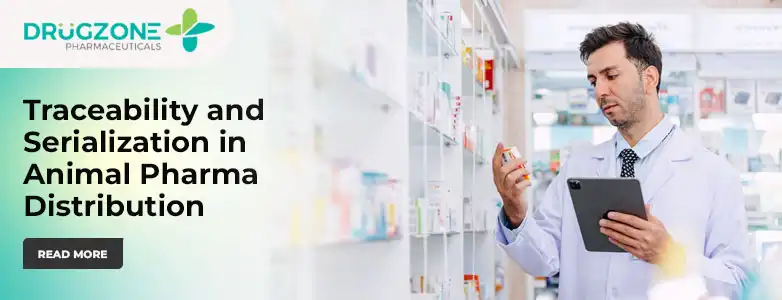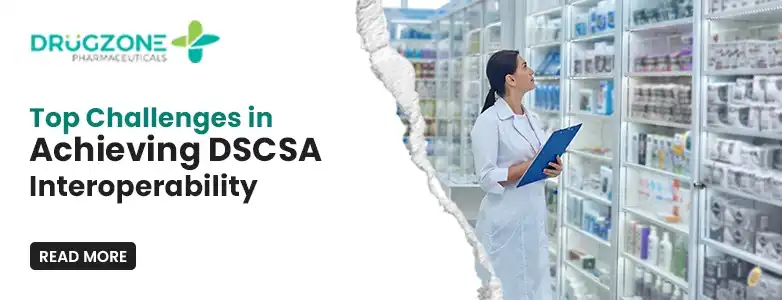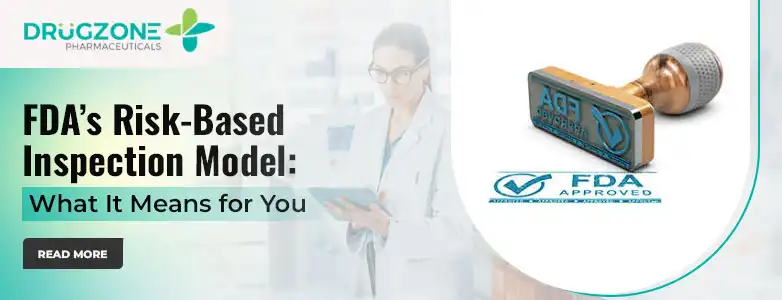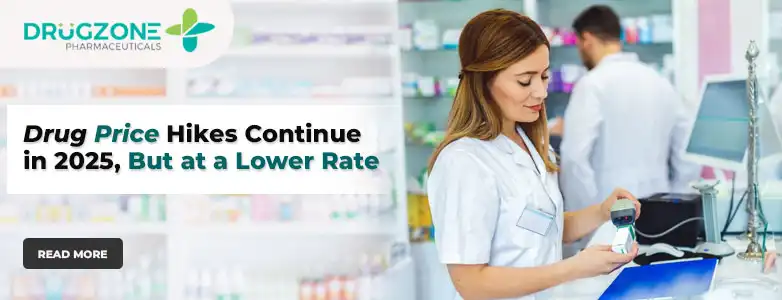
Posted On: April 11, 2025
Drug Price Hikes Continue in 2025, But at a Lower Rate
The pharmaceutical industry has entered 2025 with continued drug price increases, but there's a noticeable shift.
Unlike previous years marked by steep hikes, this year shows a slower, more cautious approach. This is important for everyone in the supply chain, from manufacturers to pharmacy wholesale suppliers, as it affects pricing strategies, purchasing decisions, and ultimately, patient affordability.
A Brief Look at the Trend
Over the last decade, U.S. drug pricing has been under intense scrutiny. From life-saving treatments to everyday medications, costs have climbed steadily, often outpacing inflation and putting pressure on both consumers and the healthcare system.
According to a report, there were 977 price revisions on brand drugs in January 2025.
This change is partly due to growing public and legislative pressure, as well as strategic moves by manufacturers to avoid being spotlighted under new drug pricing laws. Pharmacy wholesale suppliers, in particular, are watching this space closely, because even modest changes in pricing structures can ripple through the entire distribution chain.
As pharma manufacturers now weigh list price adjustments against value-based contracts and government negotiations, the entire pharmaceutical supply network is adapting in real time.
Top Insights on 2025 Drug Price Changes: What’s Slowing Down, What’s Not
Here are seven essential insights to help you comprehend the current scenario -
1. Price Increases Are Still Happening, Just Slower
In 2025, drug prices are still climbing, but not as fast. The average increase this January was around 4.5%, which is similar to 2023 and 2024. While that may sound like a lot, it’s slower than the double-digit spikes seen in years past. The industry seems to be moving toward more measured pricing adjustments.
2. Manufacturers Are Under Growing Scrutiny
Pharmaceutical manufacturers are being watched more closely than ever. Lawmakers, advocacy groups, and regulators are keeping tabs on drug price trends, pushing companies to justify their increases. This public and political pressure is one of the reasons price hikes are becoming more restrained in 2025.
3. New Pricing Laws Are Playing a Role
Legislation, like the Inflation Reduction Act (IRA), is beginning to reshape how companies approach pricing.
Medicare’s ability to negotiate the cost of certain high-spend drugs has set the tone for greater accountability. This has made many manufacturers think twice before rolling out large increases.
4. Specialty Drugs Still See Bigger Hikes
Even though the overall pace of hikes is slowing, specialty drugs, especially those for rare diseases and complex conditions, still see higher increases. These treatments often have fewer alternatives and higher development costs, which manufacturers cite to justify premium pricing.
5. Pharmacy Wholesale Suppliers Must Stay Alert
For pharmacy wholesale suppliers, slower price hikes bring a mix of relief and responsibility. While less volatility can make budgeting and planning easier, suppliers still need to monitor pricing shifts closely to maintain fair margins and offer competitive deals to retailers and hospitals.
6. Transparency Efforts Are Gaining Momentum
There’s a growing call for pricing transparency, not just from policymakers but also from patients and healthcare providers. Pharma companies are now expected to share more details about how and why they price drugs a certain way, contributing to the cautious pricing seen in 2025.
7. Expect Continued Monitoring Through the Year
As analysts and watchdog groups continue to monitor pricing trends into 2025, pharmaceutical companies and their wholesale partners must stay agile and well-informed.
Factors such as the Inflation Reduction Act and increased scrutiny from organizations like ICER are already influencing the evolving drug pricing.
Partner for Stability in a Shifting Market, Choose Drugzone
The message for 2025 is clear, drug prices are still rising, but the industry is becoming more thoughtful about how and when. For pharmacy wholesale suppliers, this means being ready to adapt while offering pharmacies and healthcare providers the support they need in real time.
Drugzone understands the weight of these changes. As a trusted wholesale distributor, we’re committed to delivering timely, affordable access to essential medications while navigating pricing shifts with integrity and insight.
Whether you’re a pharmacy, clinic, or healthcare provider, we’re here to help you stay ahead in a dynamic market.
Frequently Asked Questions (FAQs)
Q. Why are drug prices still rising in 2025?
Because of ongoing inflation, manufacturing costs, and gradual implementation of new regulations.
Q. How do slower hikes impact pharmacy wholesale suppliers?
They allow for better planning but still require close monitoring of price changes.
Tags
Latest Posts
Similar Posts
-

FDA Guidance on Cell Therapy: Key Takeaways
-

What Is Real-World Evidence (RWE) in the U.S. Clinical Research?
-

How to Choose High-Quality CBD Products: Tips from Experts
-

Five Crucial Trends Facing U.S. Drug Wholesalers in 2025 and Beyond
-
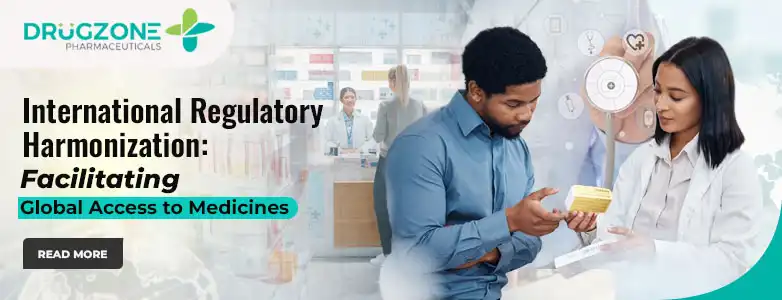
International Regulatory Harmonization: Facilitating Global Access to Medicines

